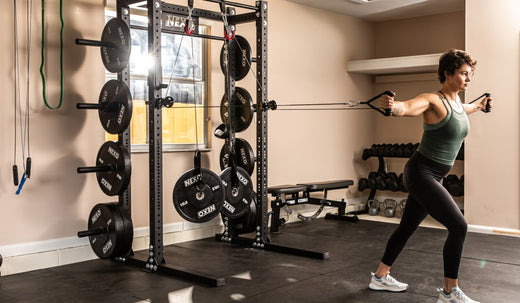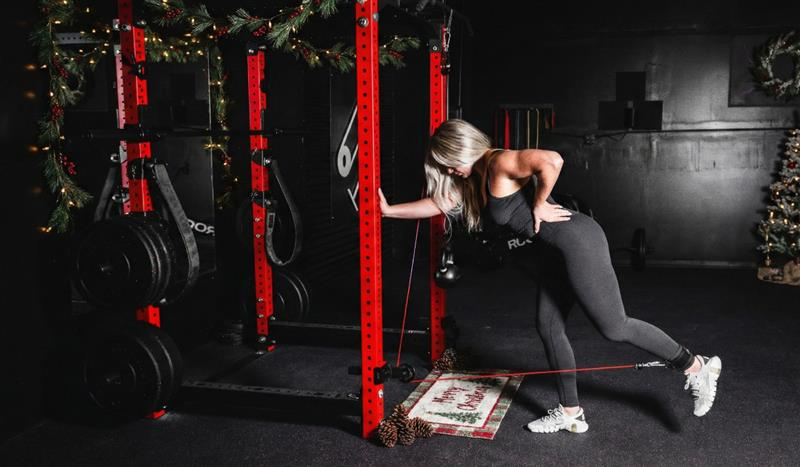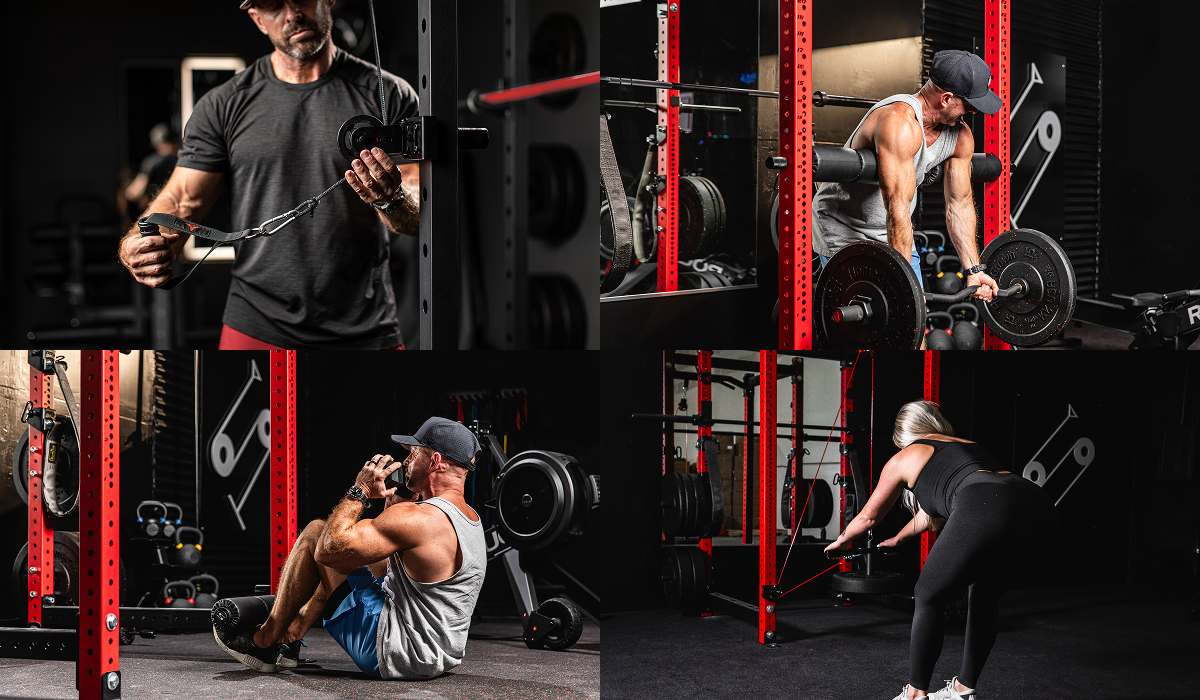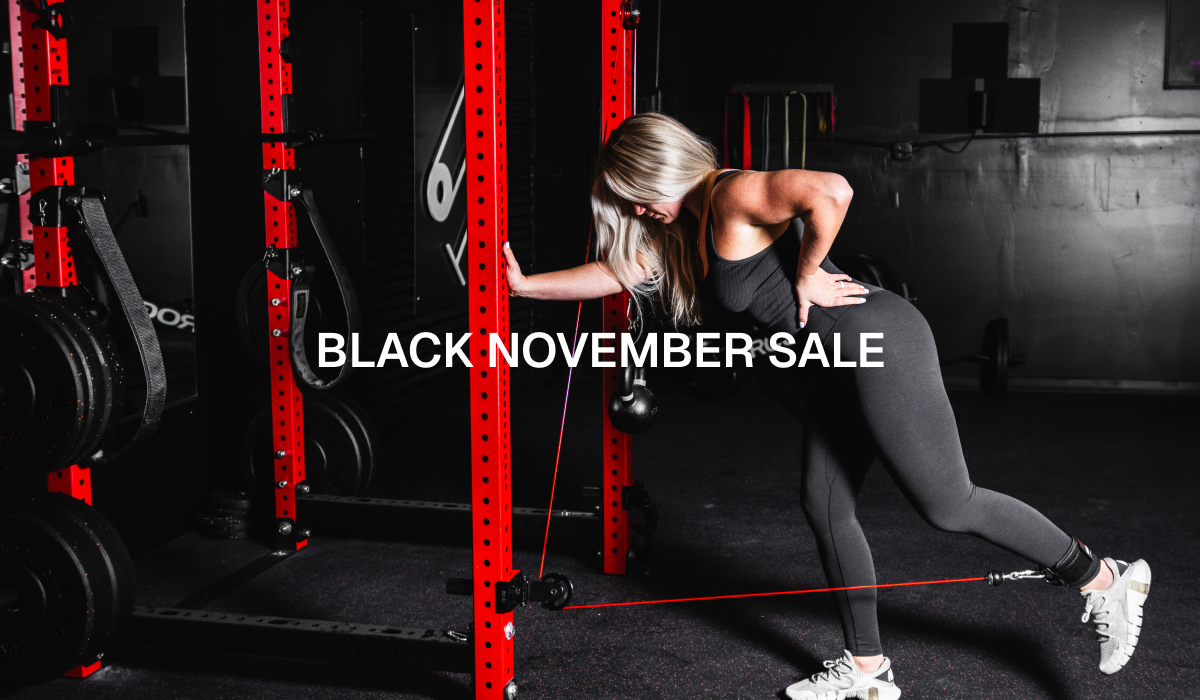If you're looking to get fit quickly and effectively, you've likely come across Tabata and HIIT. These high-energy workouts can deliver impressive results in less time, but how do they differ, and which one suits you best? Let's break it down with some straightforward questions and answers.
What is HIIT?
HIIT stands for High-Intensity Interval Training. It's a workout method that alternates between short bursts of intense exercise and brief rest periods. The beauty of HIIT lies in its flexibility—you can modify the exercises, time intervals, and total workout duration to align with your fitness level and goals.
Example: You might perform 30 seconds of fast squats, rest for 30 seconds, and repeat this cycle for 20 minutes. HIIT helps improve heart health, build endurance, and burn calories effectively, even after you've finished exercising.
HIIT is excellent because it's customizable. Whether you're just starting or already fit, you can design a workout that challenges you without being overly complicated.
What is Tabata?
Tabata is a specific type of HIIT with a predetermined structure. It involves 20 seconds of maximum effort followed by 10 seconds of rest, repeated eight times, totalling 4 minutes.
Don't let the short duration deceive you—Tabata is highly intense. Those 4 minutes will make you sweat and breathe hard. It's designed to rapidly boost your fitness levels, making it a popular choice for those seeking a serious challenge.
Example: You might do burpees, push-ups, or high knees for 20 seconds, then rest for 10 seconds. Repeat this eight times. Tabata requires you to give your all during the exercise periods, which can be too demanding for beginners.
Which is Better for Beginners?
HIIT is generally a better choice for those new to exercise or high-intensity workouts.
Here's why:
- Flexibility: HIIT allows you to choose more straightforward exercises and take longer breaks, helping you ease into the routine.
Example: Try 20 seconds of brisk walking followed by 40 seconds of rest. This approach helps build stamina without overexerting yourself.
Tabata, on the other hand, demands a high level of effort during exercise periods, which can be intimidating and challenging for beginners. Once you're comfortable with HIIT, you can transition to Tabata for a more intense workout.
Can Tabata and HIIT be Combined?
Absolutely! You can mix Tabata and HIIT to leverage their benefits. For instance, start your workout with a 4-minute Tabata session to get your heart pumping, then follow up with a 15-minute HIIT routine focused on strength or endurance.
This combination keeps your workouts interesting and targets different fitness goals. Whether you aim to build muscle, lose weight, or increase stamina, blending Tabata and HIIT can make your routine both fun and effective.
How Do the Goals of Tabata and HIIT Differ?
While both workouts enhance fitness and burn calories, their goals vary slightly:
|
Feature |
HIIT (High-Intensity Interval Training) |
Tabata |
|---|---|---|
|
Overall Goals |
Improve overall fitness, aid in weight loss, and build endurance. |
Quickly boost aerobic and anaerobic fitness levels. |
|
Workout Structure |
Flexible exercises, intervals, and durations tailored to individual fitness levels and goals. |
Fixed structure of 20 seconds work and 10 seconds rest, repeated eight times for 4 minutes total. |
|
Intensity Level |
High intensity, adjustable based on selected exercises and rest periods. |
Very high intensity; requires maximum effort during work periods. |
|
Calorie Burn |
Typically burns more calories overall due to longer workout duration (e.g., 300-400 calories). |
Burns a significant number of calories in a short time (e.g., 50-100 calories in 4 minutes). |
|
Suitability |
Versatile for all fitness levels, including beginners. |
Best suited for those with a higher fitness level seeking a quick, intense workout. |
|
Frequency |
2-4 times a week. |
1-2 times a week due to its high intensity. |
|
Equipment Needed |
Optional: dumbbells, jump rope, resistance bands, etc., but can be done with bodyweight. |
Minimal: often done with bodyweight, stationary bike, kettlebells if desired. |
|
Afterburn Effect |
Significant due to longer duration and variable intensity. |
High, due to very intense bursts, but shorter duration. |
|
Recovery Time |
Can incorporate longer rest periods to allow for adequate recovery between intervals. |
Short rest periods make recovery challenging, requiring quick recuperation. |
|
Flexibility |
Highly adaptable to different fitness levels and goals. |
Less flexible; follows a strict protocol. |
Which Workout Burns More Calories: HIIT or Tabata?
The number of calories burned depends on factors like workout intensity, duration, and metabolism. Tabata's high intensity can burn many calories in just 4 minutes, but a more extended HIIT session typically burns more overall.
Example:
- A 30-minute HIIT workout might burn 300-400 calories.
- A 4-minute Tabata workout might burn 50-100 calories.
Both workouts also trigger your body to continue burning calories after you finish exercising, enhancing weight loss efforts.
What Equipment is Needed?
One of the advantages of Tabata and HIIT is that they require minimal equipment, allowing you to work out quickly at home. However, incorporating some equipment can add variety and intensity to your workouts.
- HIIT: Use dumbbells, a jump rope, or resistance bands for strength and cardio exercises.
- Tabata: Utilize stationary bike kettlebells or perform bodyweight moves like squats and push-ups.
These workouts are versatile and can be done anywhere—at home or in the gym.
How Often Should I Do Tabata or HIIT?
Due to their intense nature, Tabata and HIIT shouldn't be done daily to avoid overworking your body. Here's a simple guideline:
- HIIT: 2-4 times a week.
- Tabata: 1-2 times a week because of its high intensity.
Ensure you include rest days or engage in low-intensity activities like yoga or walking to allow your body to recover and prevent injuries.
Final Thoughts
Tabata and HIIT are excellent options for saving time while getting fit. HIIT offers flexibility and is suitable for beginners, whereas Tabata provides a quick, intense workout ideal for those seeking a serious challenge. If you're unsure which to choose, try both! Combining them can keep your workouts exciting and help you achieve different fitness goals.
Whatever you decide, consistency is key. Stay motivated, keep pushing yourself, and enjoy the journey to better health. So, are you ready to start sweating? Let's go!






Share:
Pulley Exercise Benefits for All Ages | Bullet Pulley
Safe Drop Sets on Cable Machines | Bullet Pulley